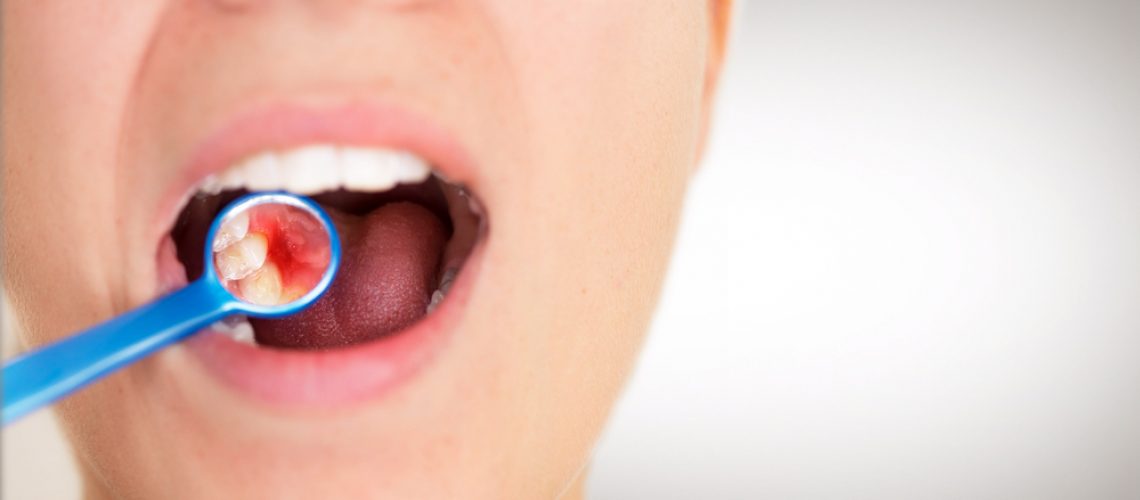Fighting Gum Disease, the Way Only a Dentist Can
There are quite a few ways to combat gum disease and most of which don’t require an over exertion of energy. For example, you can use a toothbrush, floss, and mouthwash to fight gum disease. It should be noted that while doing using these items will help maintain your dental hygiene it’s important to still see your dentist regularly. This is because the best way to fight gum disease is by receiving a regular check up from a trained dental professional. Doing so will help ensure gum disease is prevented or treated.
Review the information below to find out why treating gum disease is a job for a dentist or hygienist.
Scaling and Root Planning
If you brush and floss on a regular basis you can keep your teeth free of plaque. Plaque is referred to as bacteria and/or food particles that often appear yellow or sometimes is colorless. After a while plaque will eventually harden on your teeth. Once this does occur brushing and flossing will not be enough. When you go to a dentist the dental hygienist will use different dental instruments to scrape the tartar away from your teeth’s visible surface areas. However, when the tartar goes below the gum line scaling or root planning which are also known as a deep cleaning would be required to remove the bacteria.
Scaling: Your dental hygienist will then carefully lift the gums to scrape tartar from the root of the teeth.
Planning: After the tartar is removed the dental hygienist will then smooth out the surfaces of the roots.
Gum Disease Surgery
If it is left untreated once tartar builds up and gum disease becomes advances your gums will begin to recede and this will cause pockets of space between your gums and your teeth to develop. It should be noted that these pockets are good places for bacteria to grow which will eventually cause gum disease. To keep gum disease from spreading your dentist will conduct traditional gum surgery.
Traditional gum surgery: Involves using metal hand tools to cautiously cut away diseased gum tissue.
Take the Next Steps: For more information schedule a consultation with your dentist or dental hygienist

